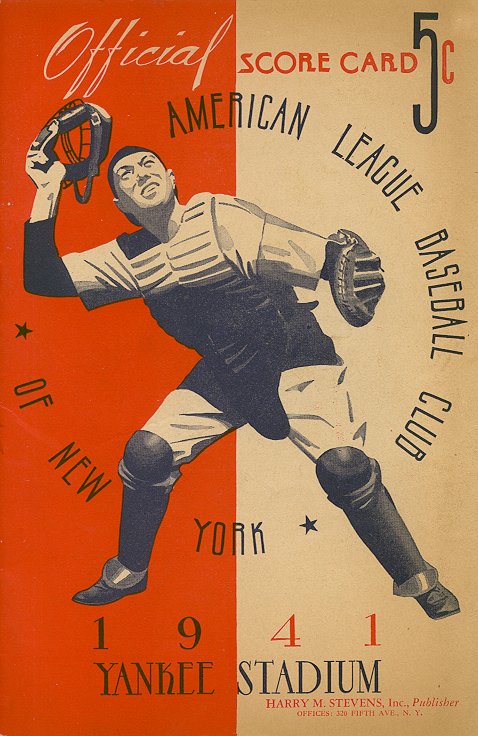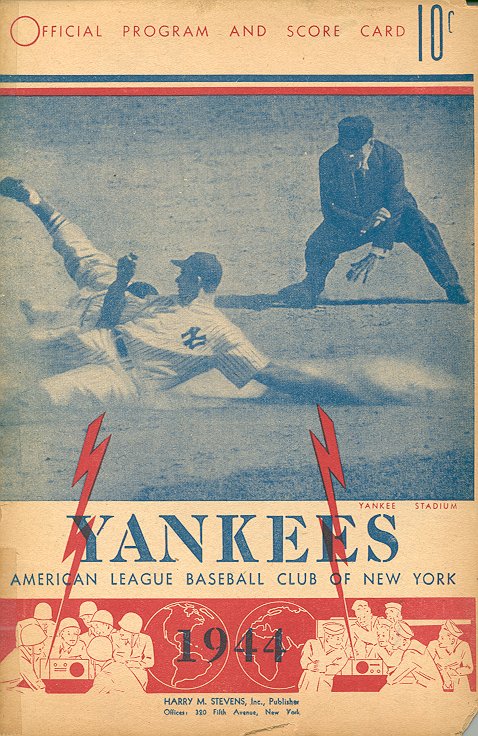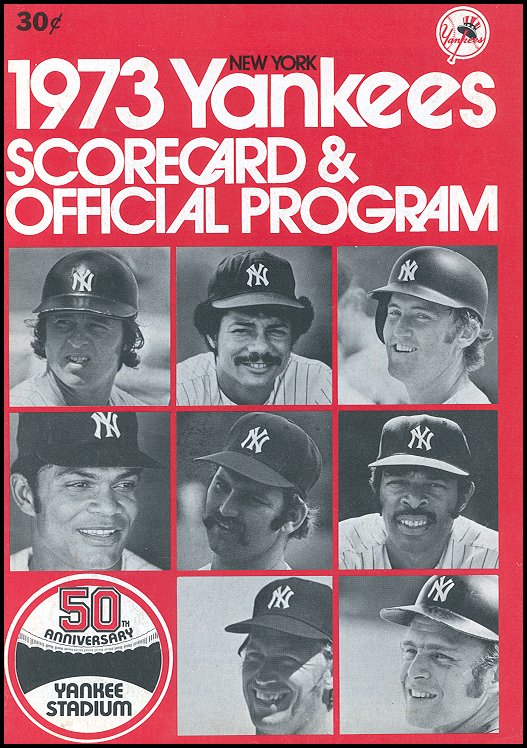The History of the New York Yankees
Origins (1903–1912)
The Yankees franchise began in 1903, when Frank Farrell and Bill Devery purchased the defunct Baltimore team of the American League and moved it to Manhattan. At first, they were known as the New York Highlanders, playing at Hilltop Park on 168th Street and Broadway. The Yankees recorded their first victory in April 1903, when pitcher Harry Howell led the team to a win over Washington. By 1912, the Highlanders introduced pinstripes to their uniforms, a style that would eventually become a hallmark of the Yankees.
Becoming the Yankees (1913–1919)
In 1913, the Highlanders officially adopted the name “Yankees” and moved into the Polo Grounds. Ownership changed in 1915, when Jacob Ruppert and Tillinghast Huston purchased the team. The Yankees achieved their first significant pitching milestone in 1917, when George Mogridge threw the franchise’s first no-hitter against the Red Sox.
The Babe Ruth Era (1920–1929)
The team’s fortunes changed dramatically in 1920 with the arrival of Babe Ruth, whose power hitting redefined the game. In 1921, the Yankees captured their first American League pennant. Just two years later, they opened Yankee Stadium, defeating the Red Sox on April 18, 1923, in front of over 70,000 fans. That season ended with the team’s first World Series championship, a victory over the New York Giants. In 1925, Lou Gehrig began his legendary streak of 2,130 consecutive games played, while Ruth continued breaking records, hitting 60 home runs in the 1927 season.
The Gehrig and DiMaggio Years (1930–1941)
The 1930s brought more milestones, including Lou Gehrig’s four-home-run game in 1932 and Babe Ruth’s 700th career homer in 1934. That same year, the Yankees purchased Joe DiMaggio from the San Francisco Seals. Gehrig’s retirement in 1939 was marked by “Lou Gehrig Appreciation Day,” when his number 4 became the first uniform number retired in Major League Baseball. In 1941, DiMaggio achieved his 56-game hitting streak, a record that still stands.
Postwar Yankees (1945–1969)
New ownership took control of the Yankees in 1945, and the years that followed solidified the team’s dominance. Babe Ruth’s number was retired in 1948, the same year of his final public appearance. In 1951, Mickey Mantle made his debut, beginning a new era of power and speed. Joe DiMaggio retired that same year, passing the torch to Mantle. The Yankees won multiple championships in the 1950s, including Don Larsen’s perfect game in the 1956 World Series. Roger Maris later surpassed Ruth’s single-season record with 61 home runs in 1961. By 1969, Mantle’s number 7 was retired at Yankee Stadium.
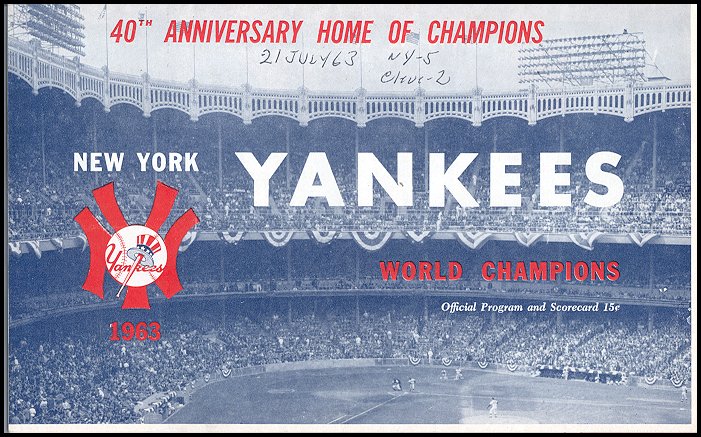
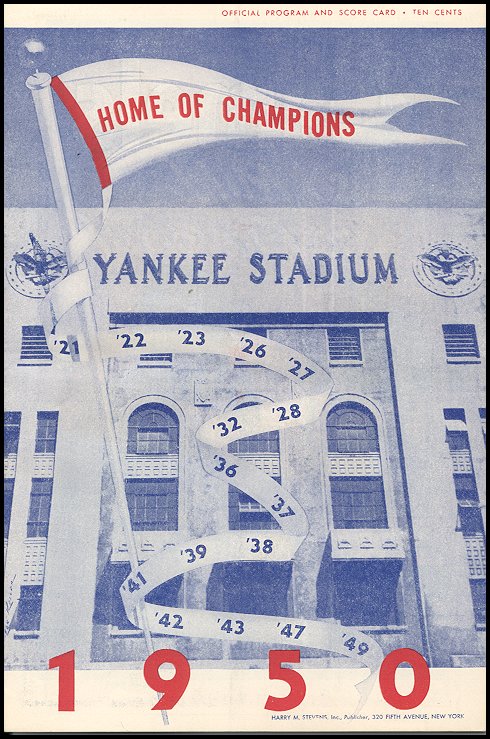
The Steinbrenner Era (1973–1990s)
In 1973, George Steinbrenner purchased the team, beginning one of the most influential ownership tenures in sports. Yankee Stadium was renovated and reopened in 1976, just before a new wave of success. Reggie Jackson, nicknamed “Mr. October,” famously hit three home runs in a single World Series game in 1977. The following years brought both triumph and tragedy, including the sudden loss of Captain Thurman Munson in 1979. The 1980s saw standout performances from players such as Dave Righetti, Don Mattingly, and Ron Guidry.
Return to Dominance (1996–2003)
The Yankees reclaimed championship form in the mid-1990s under manager Joe Torre. The arrival of Derek Jeter, Mariano Rivera, Bernie Williams, and Andy Pettitte created a foundation for one of baseball’s greatest dynasties. From 1996 to 2000, the Yankees won four World Series titles, including a three-peat from 1998 to 2000. The late 1990s also featured pitching milestones, with David Wells and David Cone both throwing perfect games at Yankee Stadium. In 2003, Aaron Boone delivered a dramatic walk-off home run in the American League Championship Series, securing the Yankees’ 39th pennant.
Legacy and Tradition
The Yankees’ history is reflected not only in championships but also in the traditions of Yankee Stadium and Monument Park. Legends such as Ruth, Gehrig, DiMaggio, Mantle, Maris, Berra, Ford, Munson, Jackson, and Jeter have all been honored with retired numbers and plaques. The franchise remains a symbol of baseball excellence, with a legacy built on iconic players, unforgettable games, and a record number of championships.




